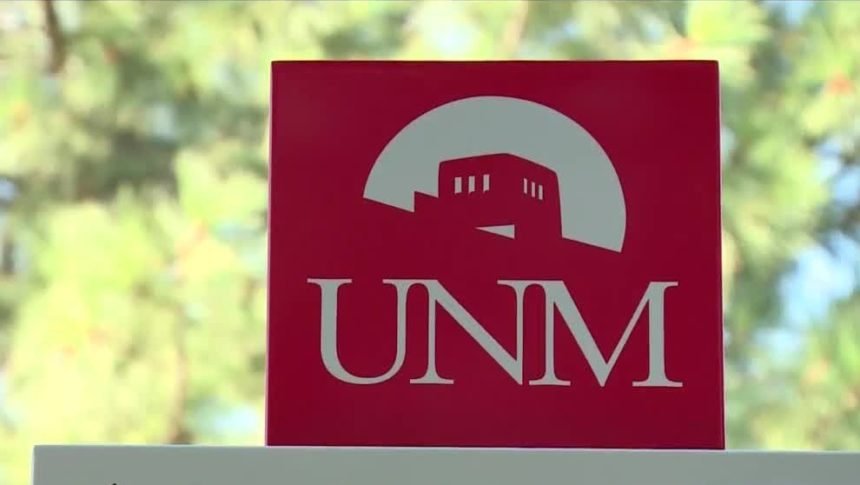Defying odds, New Mexico university’s Chicano studies grows

ALBUQUERQUE, N.M. (AP) — For years, the University of New Mexico’s Chicana and Chicano Studies program sat neglected and poorly funded. The university’s low salaries prevented it from attracting national scholars and a lack of classes hurt student interest despite it being one of the first of its kind 50 years ago.
But in less a decade, the program has transformed into a full-fledged department and boosted student enrollment from 96 in 2011 to 707 last fall. It is now granting undergraduate and graduate degrees, expanding its high school outreach efforts, and drawing interest from scholars who once showed no desire to come to New Mexico.
The change has come even as other departments and programs within the University of New Mexico have seen drops in students and the school overall has experienced a decline in enrollment.
Advocates and state lawmakers credit department chair Irene Vásquez with turning around the center since taking over the program in 2011 and pressuring the university administration to dedicate more resources. Vásquez also convinced lawmakers to expand her line item from a mere $17,000 to more than $100,000. However, it’s unclear if the money will remain if lawmakers hold a special session to address the decline in expected oil revenue.
“I made sure this department became more engaged with the community it serves,” Vásquez said. “We need to be engaged because studies show Chicana and Chicano studies help Latino students’ graduation rates. We need to do our part in New Mexico.”
Founded during the heart of the late 1960s Chicano Movement, the program at the University of New Mexico became one of the first it kind at the time, offering courses in Mexican American literature and history. After a time, other universities in California and Texas followed suit, but lawmakers in those states dedicated more funding.
Over the years, leaders of the program clashed with Hispanic advocates in New Mexico who often referred to themselves as “Spanish” and didn’t feel the program was active outside of academia.
Vásquez said one of her first goals as director was to end those old feuds and bring professors, students, and community members together.
The New Mexico center isn’t the only Latino Studies department or program to defy trends and see growth.
At Los Angeles Mission College in Sylmar, California, for example, enrollment in Chicano Studies classes jumped from 2009 to 2011 by 32%, the school said in a report. Increase enrollment recently at a similar program at the University of Wisconsin-Madison has administrators there discussing a proposal for a Chicano/Latino Studies major.
The increases follow an overall jump in Latino students attending college over the last 20 years. From 1996 to 2016, the number of Hispanic students enrolled in schools, colleges, and universities in the United States doubled from 8.8 million to 17.9 million, according the U.S. Census.
___
Russell Contreras is a member of The Associated Press’ race and ethnicity team. Follow him on Twitter at http://twitter.com/russcontreras




